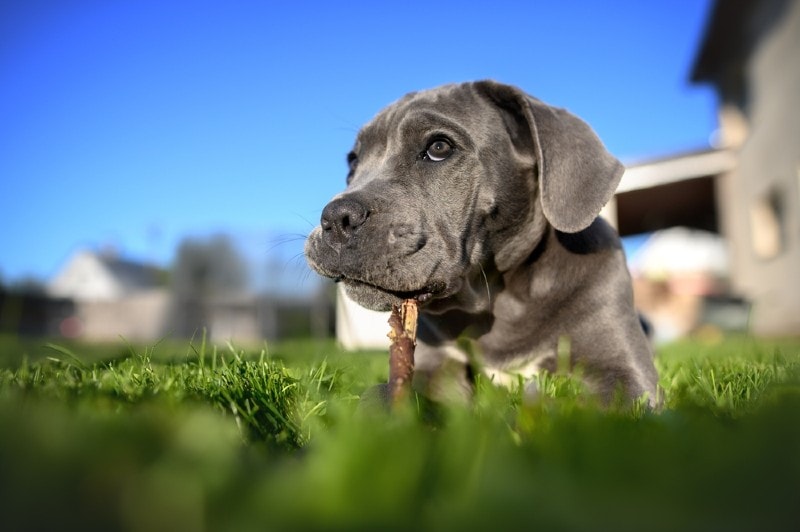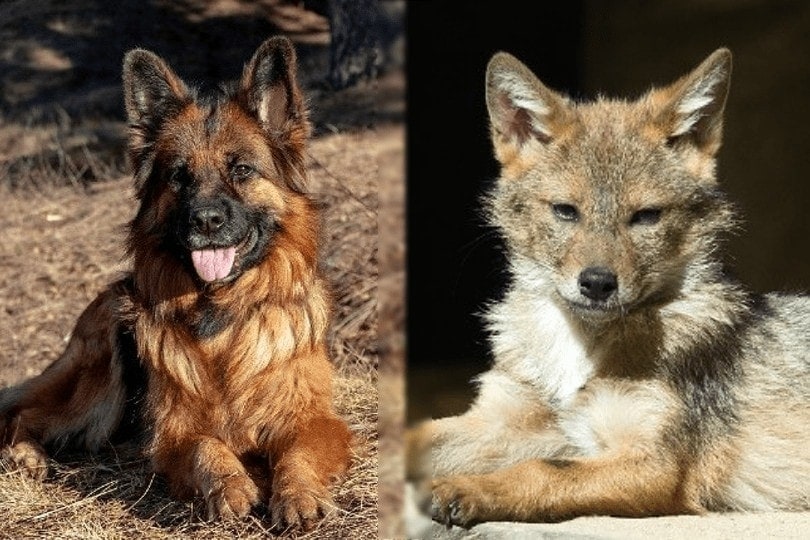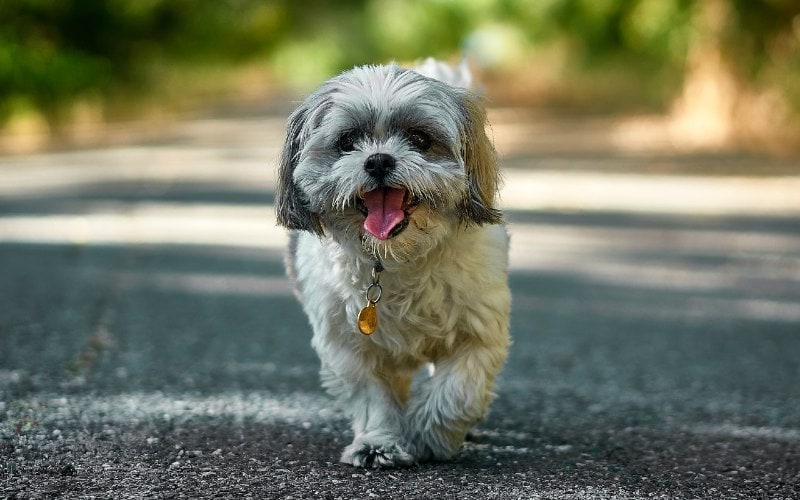8 Best Large Dog Breeds for First-Time Owners (With Pictures)
Updated on
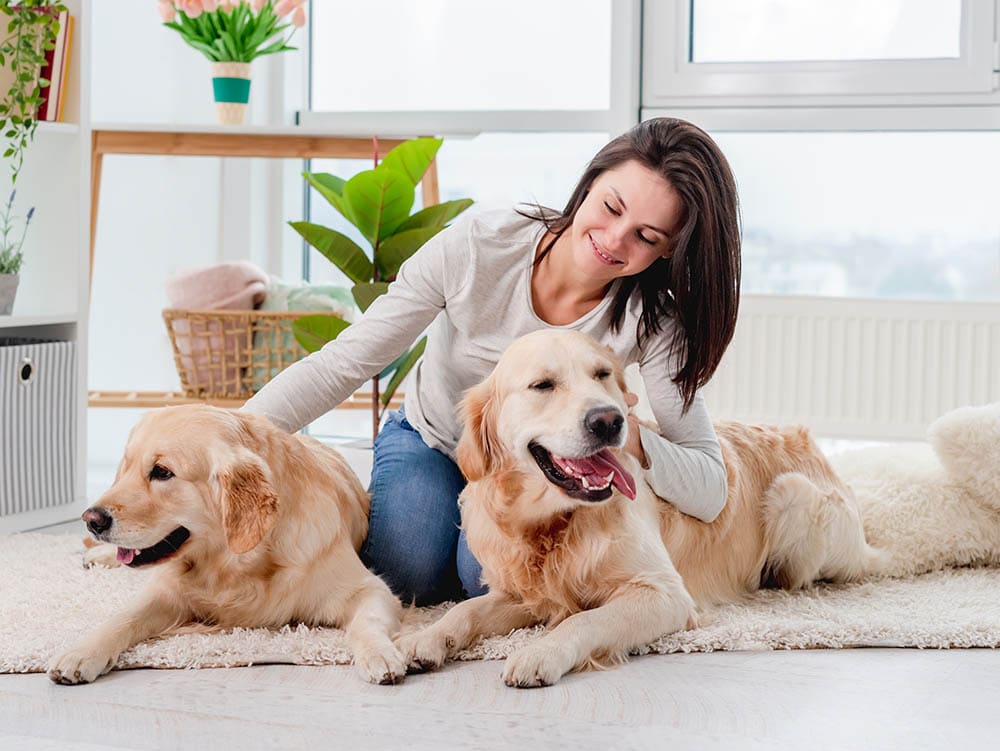
Usually, experts don’t recommend that first-time dog owners adopt larger dogs. There are several reasons for this. However, it is mainly because big dogs require more exercise and care. They are also more challenging to handle and rely more on careful training. You can pick a small dog up and relocate them if they begin acting naughty—the same can’t be said for a 70-pound dog.
However, several larger dogs do work for first-time owners. These dog breeds are easier to train and require less care (though exercise is often needed). Therefore, if you’re set on a larger dog, you don’t have to compromise just because you’re a new owner.
The 8 Best Large Dog Breeds for First-Time Owners:
1. Labrador Retriever
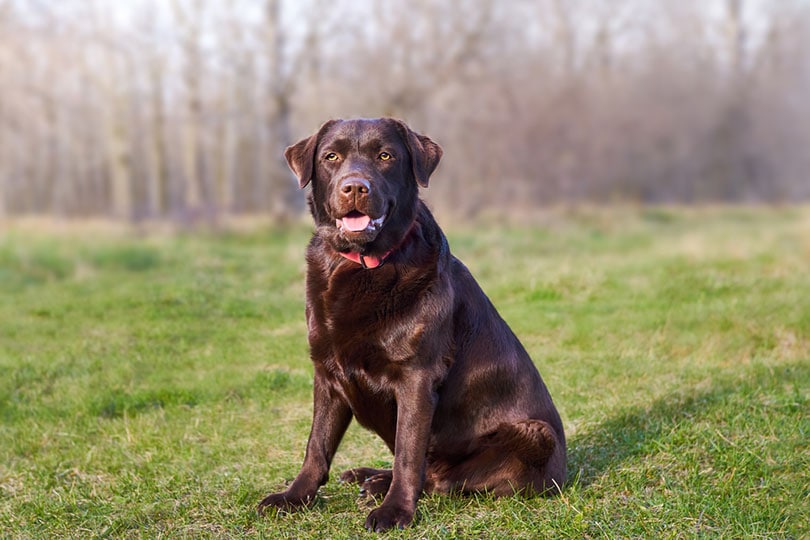
The Labrador Retriever is the most popular dog in the country for a good reason. These dogs have a great temperament and are widely available. They are very forgiving for first-time owners. Plus, their dedication to their family makes them much easier to handle.
These dogs are intelligent, making them easier to train. Plus, their obedience means that they’re more likely to listen in a real-world setting. Therefore, as long as they’re trained, these dogs are easier to handle than other large canines.
However, they do require quite a bit of exercise. Their coat needs to be brushed regularly, though they aren’t as high-maintenance as other needs. They work best for active families.
2. Boxer
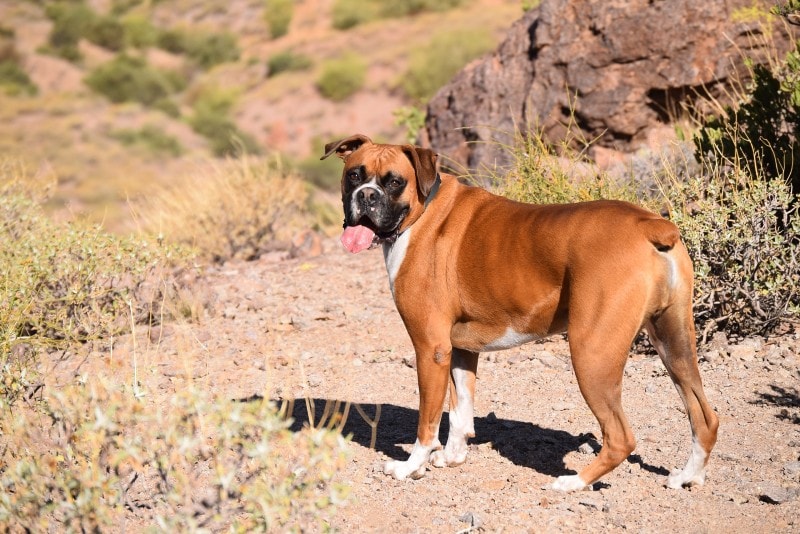
Boxers aren’t as popular as Labrador Retrievers, but they make wonderful family pets. They bond closely with their family members and are typically great with children. However, they are a bit hyperactive. Therefore, socialization and exercise are vital. They are trainable, though less so than other big dogs.
These canines thrive on attention. Therefore, larger families with plenty of children tend to be best for them. They will chase kids around for hours, but they can get bored if there is no one to play with.
Beyond exercise, these dogs require very little maintenance. Their coats are very easy to care for, and they do not need extensive mental stimulation.
3. Great Dane
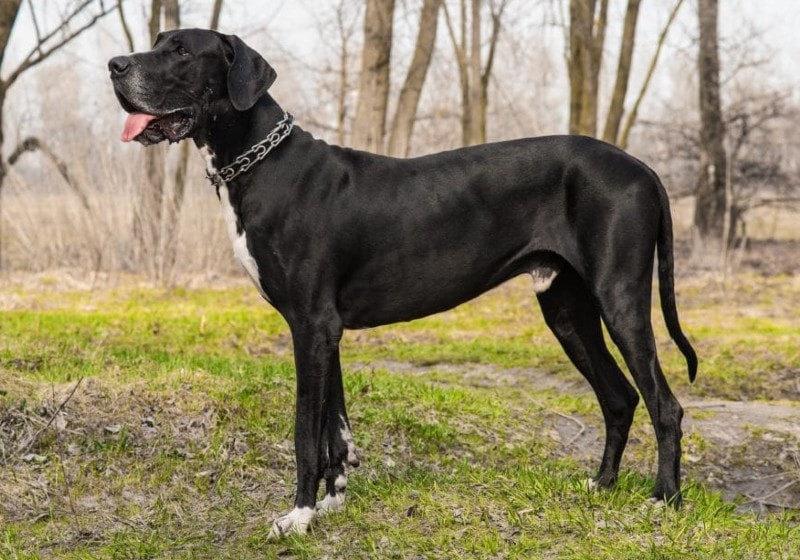
Great Danes are among the largest dogs, especially if you’re just looking at widely available dogs. However, despite their huge size, these dogs are very easy to take care of. They don’t require extensive exercise, mental stimulation, or grooming. They’re well-adapted to many different families, whether it is one with children or a couple.
If you’re looking for a more laid-back dog, the Great Dane is one of the few larger canines that will fit your needs. The only serious downside is that these dogs eat a lot, which can get expensive. They are extremely large, after all.
4. Irish Wolfhound
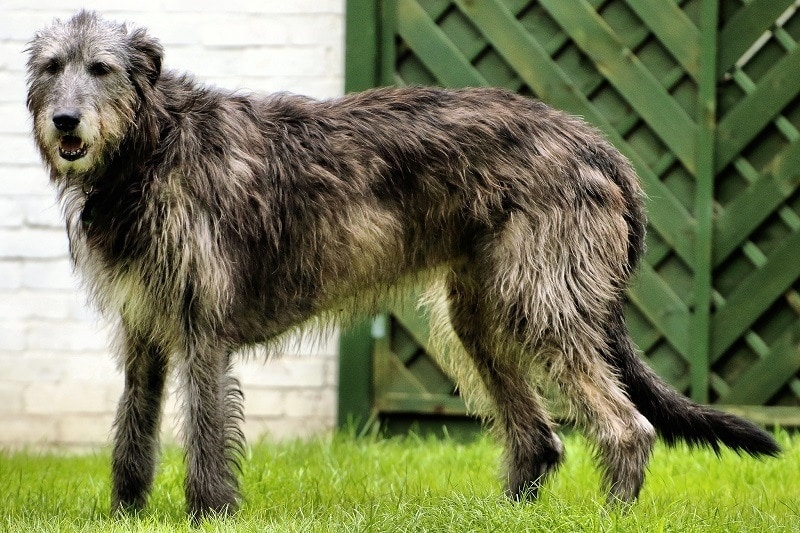
Irish Wolfhounds aren’t the most common dog out there. However, if you can find one, they can make great dogs, especially for those with children. These dogs are plenty large enough to cope with a handsy child. However, they are also one of the few larger dogs that understand their size. Therefore, they tend to be very gentle, and you don’t have to worry much about them knocking the children over.
They are extremely intelligent. This makes them fairly easy to train. However, they do require regular mental stimulation. Games, playtime, training, and puzzle toys are necessary to keep these dogs happy.
These dogs are very laidback, but they do love their people. One of the only complaints is that they can be a bit nosy and too pushy for affection.
5. Golden Retriever
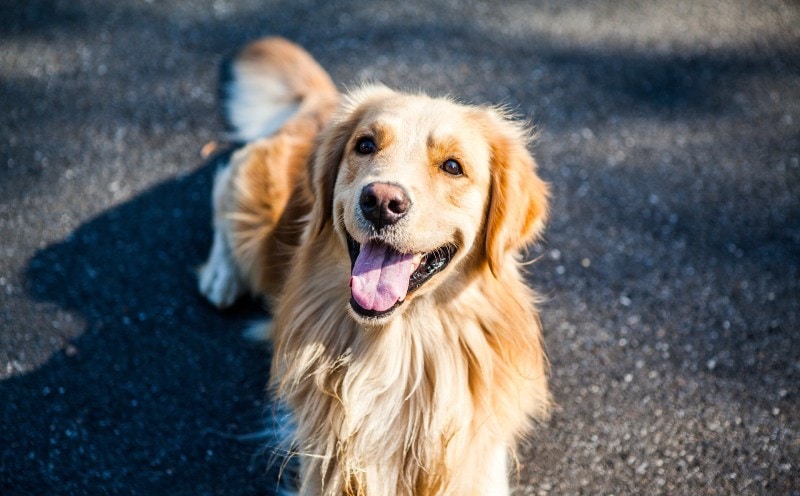
Golden Retrievers are extremely similar to Labrador Retrievers but they tend to be a bit more laid back and docile. They make great family pets, bonding well with everyone and training easily. However, they do require a bit of exercise, and you should plan on brushing them regularly. Because of their activity level, we do recommend them mostly for more active families, though.
These dogs adapt well to just about every family. They are intelligent. Therefore, we recommend training them often and using games to keep them entertained. These dogs thrive with a job to do, as they can become bored otherwise.
6. Newfoundland
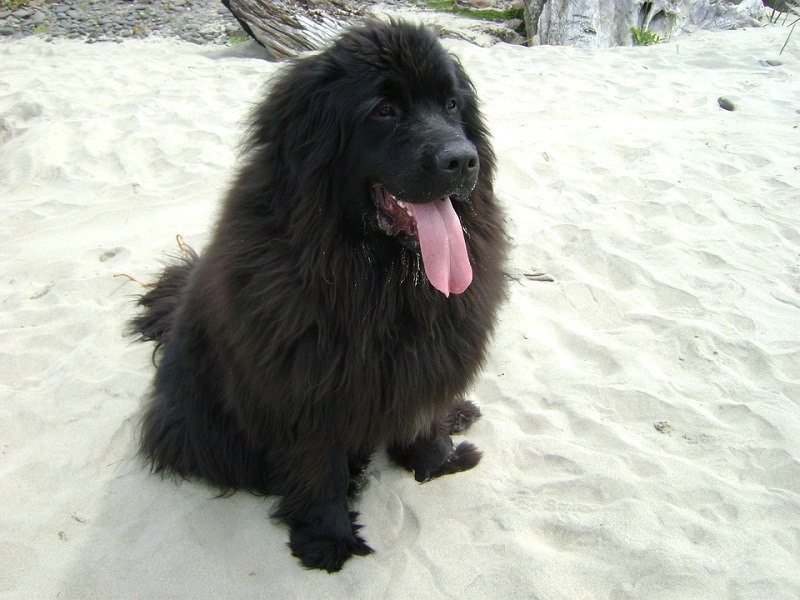
You might not consider this massive dog a good option for beginners. However, Newfoundlands are extremely loyal, easy to train, and laid back. They don’t require tons of exercise, though you should still plan on walking them daily. They also don’t tend to be as rambunctious as other dogs, making them easier to control.
However, they require regular socialization, as they can become aggressive otherwise. They can be a bit stubborn during training, so classes are recommended. Plus, regular brushing is a must due to their heavy shedding.
Therefore, while this breed may not be the best option for beginners, they are still easy enough to care for to end up on this list.
7. Greyhound
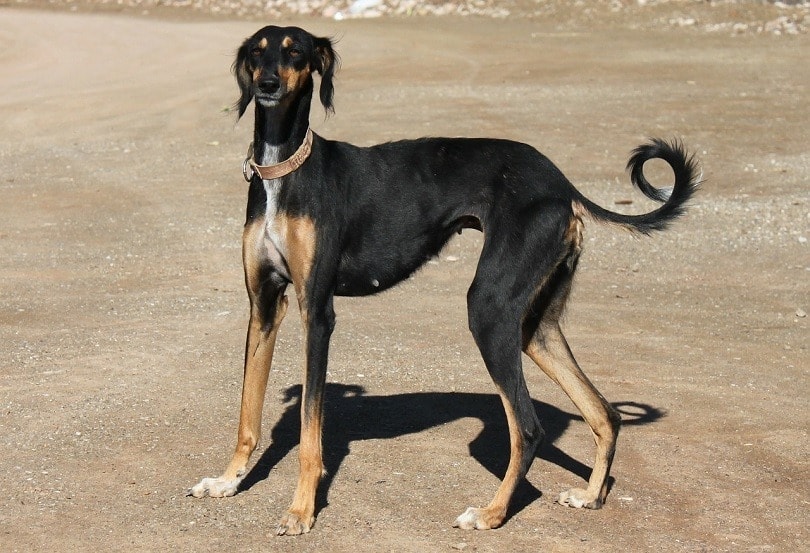
Greyhounds are commonly known as “those dogs that run fast.” However, while these dogs are standard on the race track, they don’t require much exercise. They are built for sprints, not marathons. That, paired with their easy-to-brush coat and docile nature, makes them an excellent choice for beginners.
These dogs are peaceful and calm. They do have a high prey drive, though, so they require constantly being kept on a leash. Some have been sadly hit after chasing cars down the highway.
Furthermore, these dogs are more prone to injury than others. Therefore, they may not do best in a household with rambunctious children.
8. Mastiff
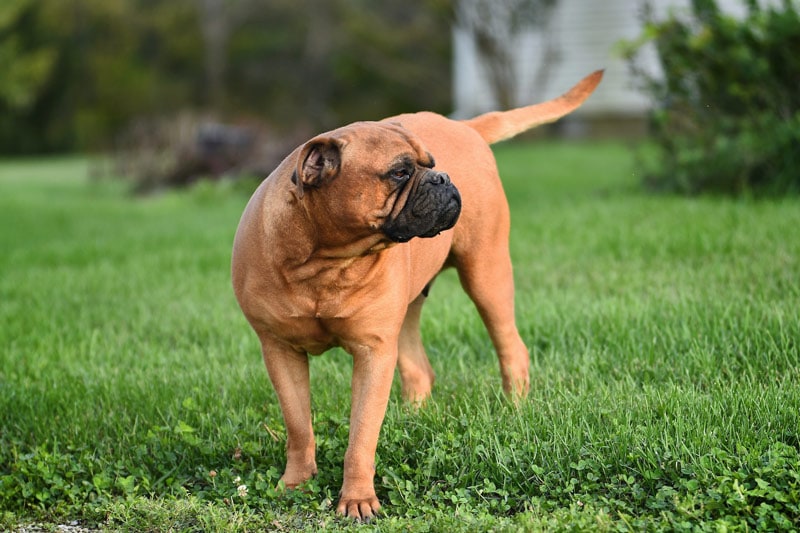
We considered whether or not to add a Mastiff to this list. These dogs are docile and don’t require much exercise. They also don’t have high grooming needs and are extremely obedient. While they aren’t the most intelligent, they take well to training and aren’t stubborn.
However, they are on the more reactive end of the spectrum, especially with other dogs. Therefore, they require regular socialization throughout puppyhood and their adult life. They are untrusting of other dogs, so they’re only recommended for one-dog households.
That said, if you socialize with them regularly, they can make great family pets.
 Conclusion
Conclusion
There are tons of family-friendly dogs for new owners that are on the larger end of the spectrum. Not all large dogs are bad choices for new owners, just like not all small dogs are good choices for new owners. However, you must select the right large dog breed for your needs.
Your major considerations should be how much care you want to provide the dog. If you’re okay with grooming the dog daily but don’t want to take the dog on long walks, keep that in mind when choosing a breed. The best dog is going to be one that you can meet your needs easily, so consider your lifestyle.
Next to that, you should consider other factors of your lifestyle. For instance, some dogs are better with kids than others. Some do well in small spaces, although they are very large. The term “rug dog” exists for a reason.
If you want an active dog to go jogging with you, the best dog breed for you will be very different from someone who wants a cuddle buddy.
Featured Image Credit: Tatyana Vyc, Shutterstock

 Conclusion
Conclusion